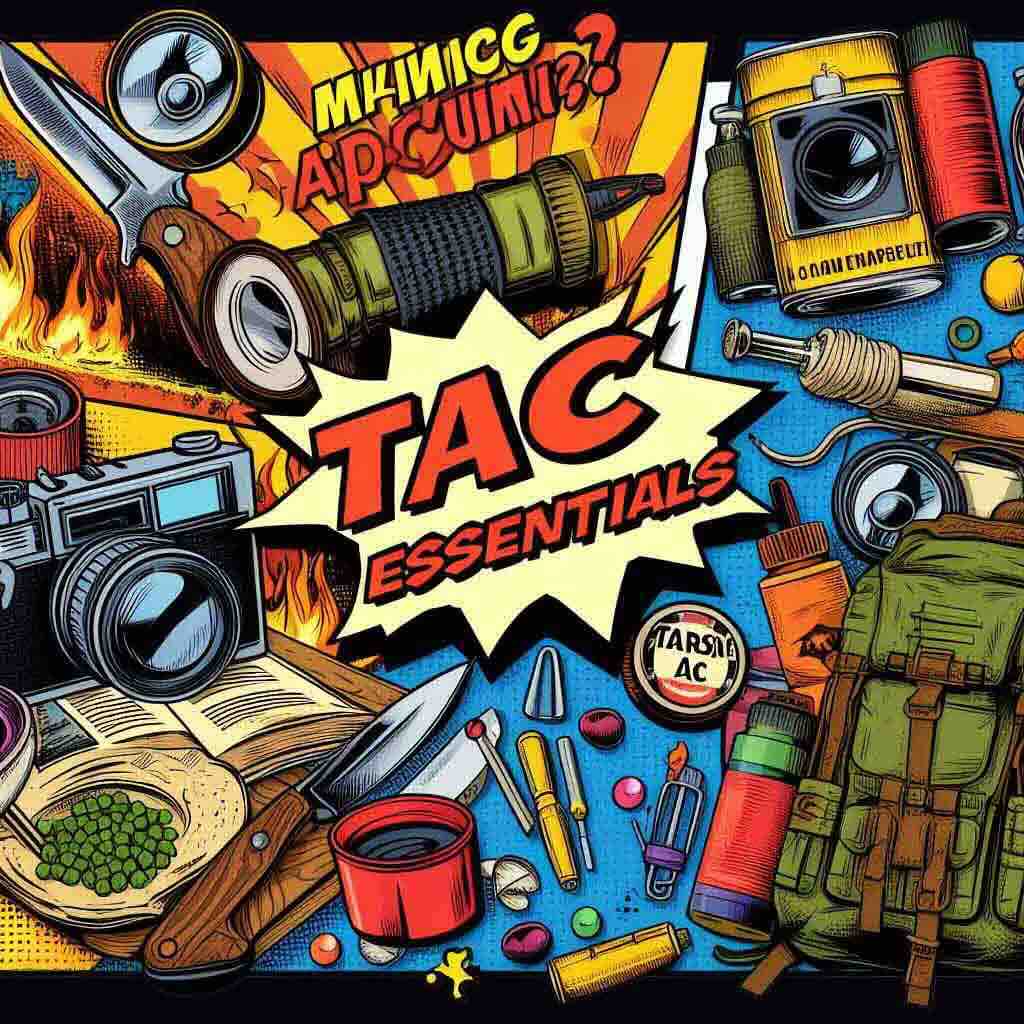
Choosing the Right Holster: A Comprehensive Guide
When it comes to carrying a firearm, choosing the right holster is crucial. The market offers a plethora of options, each designed for specific needs and preferences. Whether you're a law enforcement officer, a concealed carry permit holder, or a civilian interested in self-defense, selecting the best holster can significantly impact comfort, accessibility, and safety. In this guide, we'll explore various holster styles – ankle, paddle, shoulder, drop-leg, duty, MOLLE, and belt – and discuss their features, advantages, and considerations to help you make an informed decision.
Ankle Holster:
An ankle holster is discreet and ideal for concealing small to medium-sized handguns. It wraps around the ankle and secures the firearm in place with straps or Velcro closures. Ankle holsters are popular among individuals who need to carry a backup weapon or for those who find it uncomfortable to carry on the waistline. However, ankle holsters may not be the best choice for quick access in high-stress situations, and they can be uncomfortable during extended wear, especially for individuals with larger or heavier firearms.
Paddle Holster:
Paddle holsters feature a rigid paddle that slides inside the waistband, providing stability and easy attachment without the need for belt loops. They are convenient for quick on/off and offer good retention. Paddle holsters are versatile and suitable for everyday carry, but they may not provide the same level of concealment as other options, and their bulkiness can be uncomfortable for some users, particularly when sitting or driving.
Shoulder Holster:
Shoulder holsters consist of straps worn over the shoulders, with the firearm positioned under the arm. They offer excellent concealment, especially when wearing a jacket or coat, and distribute the weight of the firearm evenly across the upper body. Shoulder holsters are favored by individuals who spend a lot of time seated or driving, as they provide easy access without restricting movement. However, they require specific clothing for effective concealment and may not be suitable for all body types or activities.
Drop-Leg Holster:
Drop-leg holsters, also known as thigh holsters, are attached to a belt or harness and worn around the thigh. They are popular among military and law enforcement personnel for carrying large handguns or tactical gear. Drop-leg holsters provide quick access to the firearm and can accommodate additional accessories like magazine pouches or flashlights. However, they may restrict movement during physical activities, and the weight of the firearm can cause discomfort during extended wear.
Duty Holster:
Duty holsters are designed for law enforcement officers and security professionals who require a high level of retention and security. They typically feature locking mechanisms or retention straps to prevent unauthorized access to the firearm. Duty holsters are worn on the waistline and offer a balance of accessibility, retention, and comfort for all-day wear. However, they may be overkill for civilian use and can be cumbersome for everyday carry.
MOLLE Holster:
MOLLE (Modular Lightweight Load-carrying Equipment) holsters are compatible with MOLLE systems commonly used in military and tactical gear. They attach securely to MOLLE webbing on vests, belts, or backpacks, providing customizable carry options for different mission requirements. MOLLE holsters offer versatility and can be configured to accommodate various firearms and accessories. However, they may not offer the same level of retention or accessibility as dedicated holsters and require additional gear for proper use.
Belt Holster:
Belt holsters are the most common and traditional holster style, worn on the waistband with a belt loop or clip. They offer a secure and comfortable carry position, with the firearm easily accessible for both right and left-handed users. Belt holsters come in a variety of designs, including inside-the-waistband (IWB) and outside-the-waistband (OWB), catering to different preferences for concealment and accessibility. Belt holsters are suitable for everyday carry and are available in a wide range of materials and configurations to accommodate various firearms and carry styles.
Selecting the best holster is a personal decision that depends on factors such as comfort, accessibility, concealment, and intended use. Whether you prefer the discreet concealment of an ankle holster, the convenience of a paddle holster, or the versatility of a belt holster, it's essential to choose a holster that fits your needs and lifestyle. Consider trying out different styles and configurations to find the perfect holster that offers the right balance of comfort, security, and accessibility for your firearm carry needs.
Ankle Holster:
An ankle holster is discreet and ideal for concealing small to medium-sized handguns. It wraps around the ankle and secures the firearm in place with straps or Velcro closures. Ankle holsters are popular among individuals who need to carry a backup weapon or for those who find it uncomfortable to carry on the waistline. However, ankle holsters may not be the best choice for quick access in high-stress situations, and they can be uncomfortable during extended wear, especially for individuals with larger or heavier firearms.
Paddle Holster:
Paddle holsters feature a rigid paddle that slides inside the waistband, providing stability and easy attachment without the need for belt loops. They are convenient for quick on/off and offer good retention. Paddle holsters are versatile and suitable for everyday carry, but they may not provide the same level of concealment as other options, and their bulkiness can be uncomfortable for some users, particularly when sitting or driving.
Shoulder Holster:
Shoulder holsters consist of straps worn over the shoulders, with the firearm positioned under the arm. They offer excellent concealment, especially when wearing a jacket or coat, and distribute the weight of the firearm evenly across the upper body. Shoulder holsters are favored by individuals who spend a lot of time seated or driving, as they provide easy access without restricting movement. However, they require specific clothing for effective concealment and may not be suitable for all body types or activities.
Drop-Leg Holster:
Drop-leg holsters, also known as thigh holsters, are attached to a belt or harness and worn around the thigh. They are popular among military and law enforcement personnel for carrying large handguns or tactical gear. Drop-leg holsters provide quick access to the firearm and can accommodate additional accessories like magazine pouches or flashlights. However, they may restrict movement during physical activities, and the weight of the firearm can cause discomfort during extended wear.
Duty Holster:
Duty holsters are designed for law enforcement officers and security professionals who require a high level of retention and security. They typically feature locking mechanisms or retention straps to prevent unauthorized access to the firearm. Duty holsters are worn on the waistline and offer a balance of accessibility, retention, and comfort for all-day wear. However, they may be overkill for civilian use and can be cumbersome for everyday carry.
MOLLE Holster:
MOLLE (Modular Lightweight Load-carrying Equipment) holsters are compatible with MOLLE systems commonly used in military and tactical gear. They attach securely to MOLLE webbing on vests, belts, or backpacks, providing customizable carry options for different mission requirements. MOLLE holsters offer versatility and can be configured to accommodate various firearms and accessories. However, they may not offer the same level of retention or accessibility as dedicated holsters and require additional gear for proper use.
Belt Holster:
Belt holsters are the most common and traditional holster style, worn on the waistband with a belt loop or clip. They offer a secure and comfortable carry position, with the firearm easily accessible for both right and left-handed users. Belt holsters come in a variety of designs, including inside-the-waistband (IWB) and outside-the-waistband (OWB), catering to different preferences for concealment and accessibility. Belt holsters are suitable for everyday carry and are available in a wide range of materials and configurations to accommodate various firearms and carry styles.
Selecting the best holster is a personal decision that depends on factors such as comfort, accessibility, concealment, and intended use. Whether you prefer the discreet concealment of an ankle holster, the convenience of a paddle holster, or the versatility of a belt holster, it's essential to choose a holster that fits your needs and lifestyle. Consider trying out different styles and configurations to find the perfect holster that offers the right balance of comfort, security, and accessibility for your firearm carry needs.


